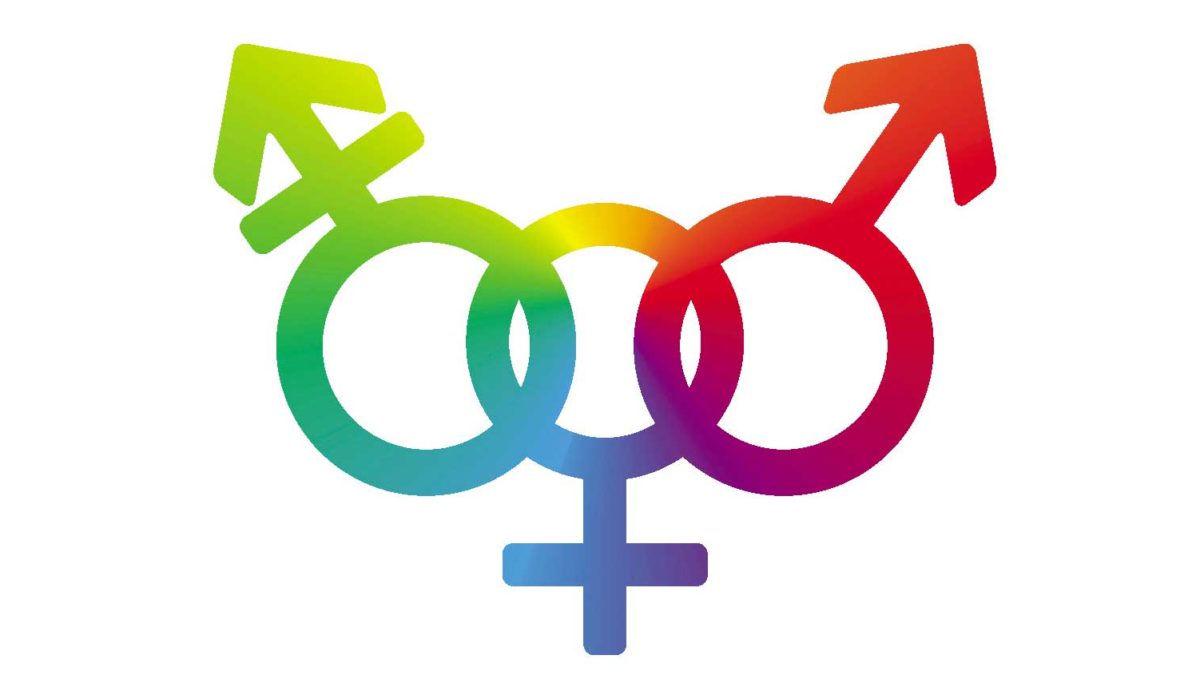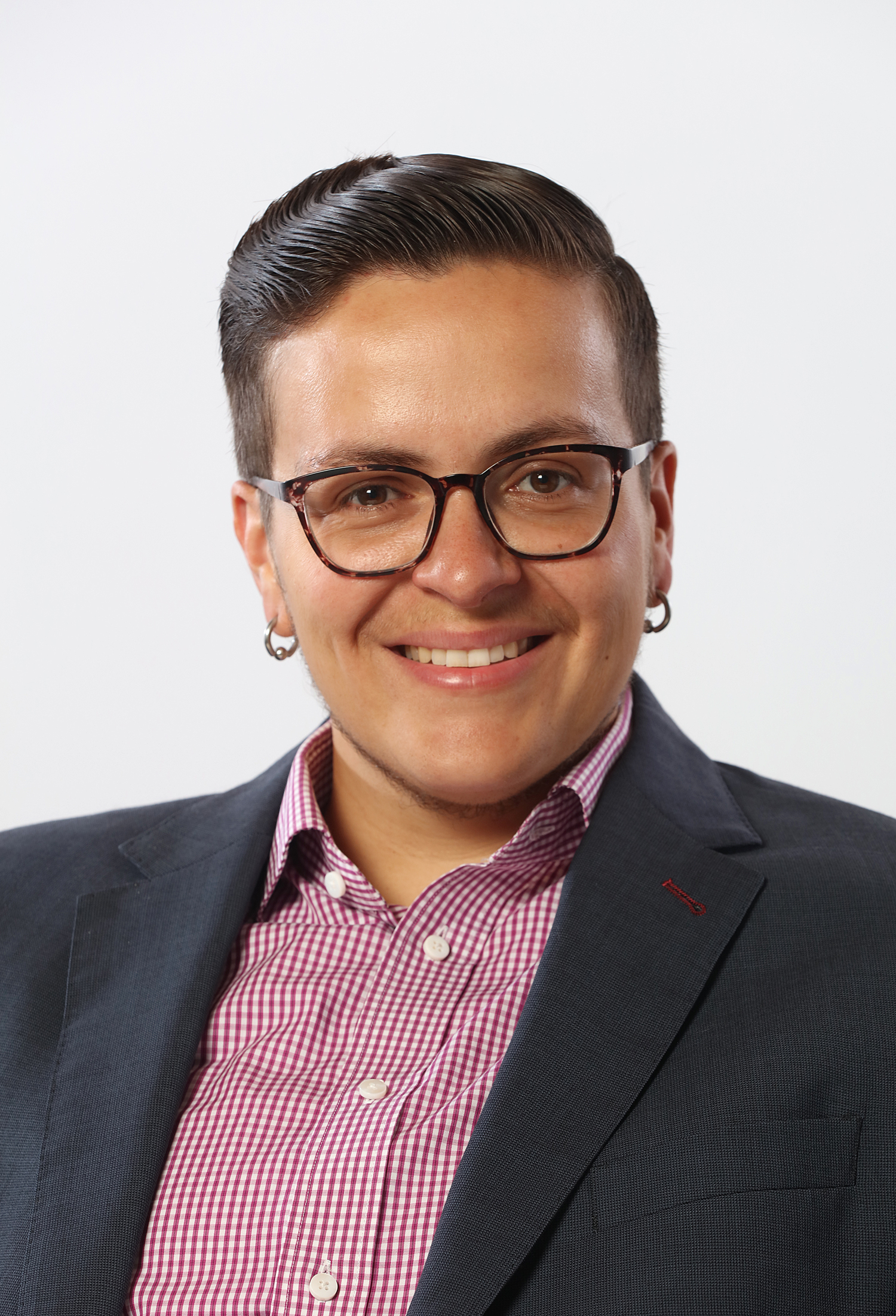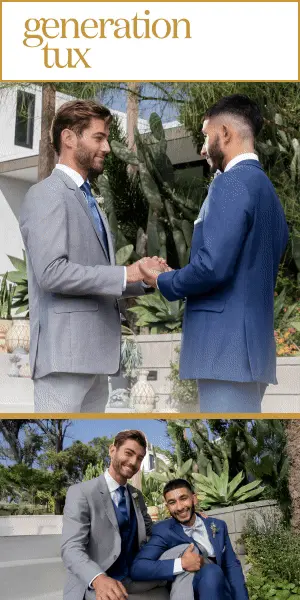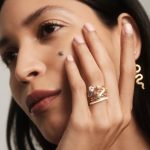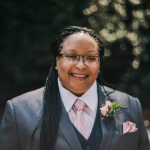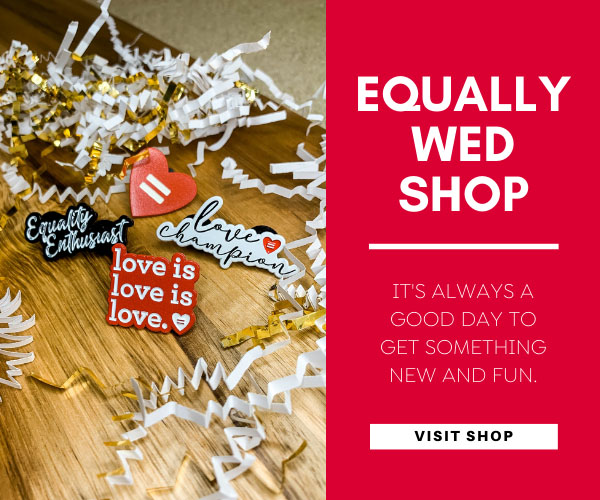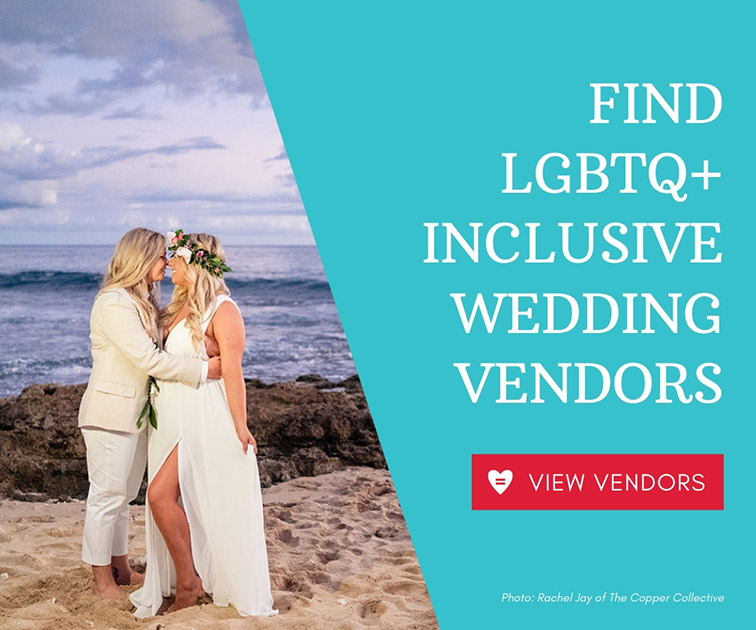These days, we are seeing what can seem like a new gender diversity explosion, but is actually something very old re-emerging: the reality that gender has never been only binary. Recently, the gender identity term “nonbinary” has come to be used by many people who are not men or women. Like almost everyone else, nonbinary people received a sex assignment on their entry into the world, but did not follow that sex’s expected path into one gender identity or the other.
Dating while nonbinary can be challenging, as much of the dating world infrastructure is now organized along gender binary lines: apps where women can initiate contact with men but not vice versa, websites where men meet other men, etc.
Dating while nonbinary can be challenging, as much of the dating world infrastructure is now organized along gender binary lines.
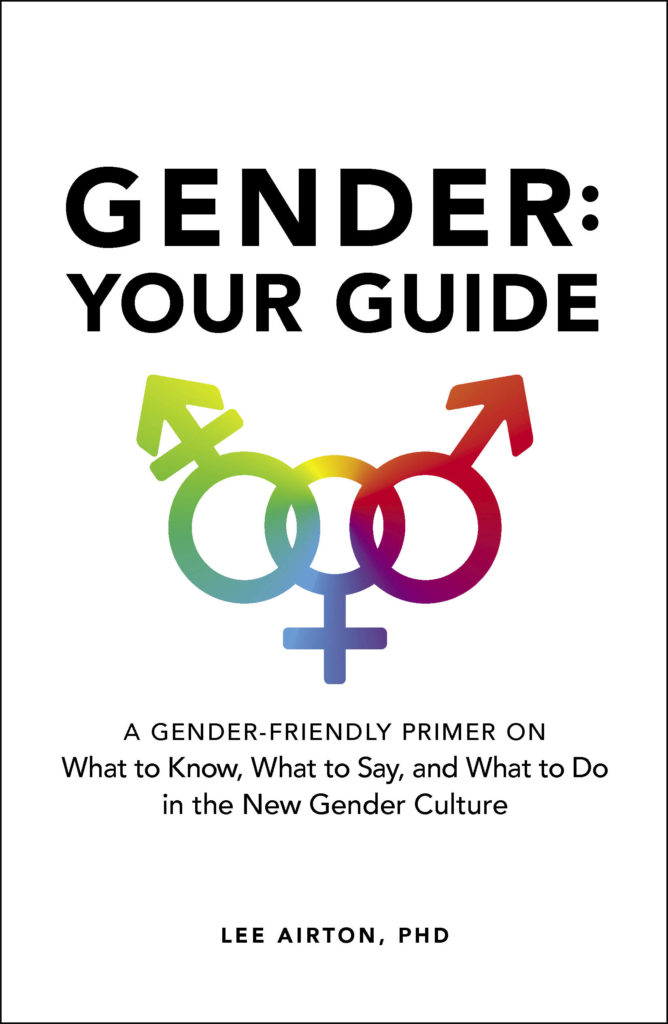 Many transgender people who are women or men use this infrastructure, but it remains inaccessible to many transgender people who are nonbinary. Nevertheless, nonbinary people do a whole lot of dating. In fact, they could be dating you!
Many transgender people who are women or men use this infrastructure, but it remains inaccessible to many transgender people who are nonbinary. Nevertheless, nonbinary people do a whole lot of dating. In fact, they could be dating you!
Below are some suggestions that might be useful if you are dating a nonbinary person, particularly for the first time. Because my book Gender: Your Guide offers practical tips about language practices and actions you can take in social settings, I focus on these areas.
Using gender-neutral terms for your person
Most of the language that is used to refer to people we’re dating is, unfortunately, binary: girlfriend, boyfriend, husband, wife. These terms may not work to describe your relationship with a nonbinary person.
Luckily, the past few decades have seen the rise of “partner language” where people use gender-neutral terms like partner to refer to a person they’re in a significant relationship with. However, ‘partner’ doesn’t reflect more casual relationships. I’ve heard people use the following gender-neutral terms instead: date, lover, crush, significant other, sweetheart, sweetie, new friend, etc.
Of course, some of these can sound cheesy, and might have a bit of a tongue-in-cheek quality. They also may be a bit awkward to use when introducing your person to others: “This is my main squeeze!” or “Meet my crush!” I’m a big proponent of embracing and surviving awkwardness as best as we can, but a socially seamless option is to use gerunds (-ing words) instead. Here are some examples: “This is Chris, the person I’m dating.” “This is Phoenix. We’ve been seeing each other for about a month.” Gerunds are gender-free!
This is not their first rodeo
Fortunately, when you’re trying to figure out what terms to use for your nonbinary date know that you are not at all alone in doing so. Be open, honest and constructive with your person about questions you have, which they have probably already considered in great detail before ever laying eyes on you. They have lots of experience with navigating a binary-obsessed world, including in the realm of dating and relationships. Good questions to ask them are:
• How shall I introduce you to people in my life?
• Are there any gendered activities or events that do or do not work for you (particularly if your lives become more integrated)?
• Are there any contexts where you are not out as nonbinary, and what do you need from me if we are there together?
• How can we best work together on getting others to recognize and correctly gender you (including pronouns)?
In other words, you’re very lucky, because you get to access all of this experience instead of reinventing the wheel yourself.
Handling your (perhaps) new gender visibility
Dating a nonbinary person, particularly if they are visually nonbinary, can make you startlingly visible in the gender department, in a new way, or for the first time. In Gender: Your Guide, I explain how gender is a process of keeping the big two gender boxes—M/boy/man and F/girl/woman—rigid, intact and separate, not only a basic fact about a person.
In most contexts, who you date is part of ‘doing gender right’ for people in your box. For example, doing ‘woman’ right usually means expressing femininity and dating masculine men. Dating a nonbinary person means stepping outside of the box, meaning you can stand out.
It’s important to note that they-ing your nonbinary partner to a stranger or acquaintance can be a coming out for you. It might mean that you incur discrimination, harassment or even violence if you are prompted (and refuse) to identify a binary gender for your partner, or if you repeatedly correct others when they use incorrect binary pronouns. This is you experiencing effects of transphobia. This can bring out difficult feelings, and it’s easy to lapse into resenting your nonbinary partner and not the big, ever-present-yet-invisible system of rigid binary gender.
I strongly believe that owning up to this humanness and walking beside your partner is your best strategy. Long term, you are far more likely to break up because you keep a lofty standard that burns you out and makes you resent your partner, than if you are real about the ways in which the world does not facilitate well-being for nonbinary people. Be real with each other, talk about when/where you need to do the work, when/where this might be unsafe, and when/where your person really just doesn’t have to know or care. And strive to always have external, non-judgmental supports who are not each other.
Receiving the news that someone you are into or dating is nonbinary
As a nonbinary person myself, being correctly seen and gendered by my close people—partners included—is essential to my sense of wholeness and realness in a world that is just getting reacquainted with gender diversity beyond the (transgender or cisgender) M or F. Many nonbinary people fear and experience rejection from people we care about, including people we might like to date or are already dating.
When your person comes out to you or shares what they need, know that they have thought, pondered, planned and maybe agonized over whether and how to have this conversation. You might feel like you have no idea what this means for you, or your own gender identity or sexual orientation (nothing, you are still who you are except that others may perceive you differently). You might suddenly fear that your person cannot be part of your family someday, if that is important to you. You might have all kinds of difficult feelings in the moment, and that is okay. That said, by sharing who they are, this person has invested considerable trust in you and they are vulnerable. They have taken a leap of faith based on good things that they see and feel in you. In these moments, be present, and hold them in a way that lives up to this trust, as best as you can.
There is more help in Gender: Your Guide
You might know that your friend circle, workplace or family are not gender-friendly places. And yet, your person is nonbinary! Integrating all of our loved ones is a thing many people strive for, with varying degrees of success. If you feel like you need concrete tips for making your spaces more welcoming of your nonbinary squeeze Gender: Your Guide will walk you further through what to do.
 Lee Airton, PhD (Ontario, CANADA) is Assistant Professor of Gender and Sexuality Studies in Education at Queen’s University in Kingston, ON. They are the author of Gender: Your Guide: A Gender-Friendly Primer on What to Know, What to Say, and What to Do in the New Gender Culture (Adams Media, October 2018), a frequent keynote speaker and media commentator and are regularly asked to consult on gender-neutral language and gender diversity issues in relation to media, policy, and education. They founded They Is My Pronoun, a blog on gender-neutral pronoun usage and user support in 2012 and the No Big Deal Campaign in 2016. Learn more at LeeAirton.com.
Lee Airton, PhD (Ontario, CANADA) is Assistant Professor of Gender and Sexuality Studies in Education at Queen’s University in Kingston, ON. They are the author of Gender: Your Guide: A Gender-Friendly Primer on What to Know, What to Say, and What to Do in the New Gender Culture (Adams Media, October 2018), a frequent keynote speaker and media commentator and are regularly asked to consult on gender-neutral language and gender diversity issues in relation to media, policy, and education. They founded They Is My Pronoun, a blog on gender-neutral pronoun usage and user support in 2012 and the No Big Deal Campaign in 2016. Learn more at LeeAirton.com.
MOST VIEWED STORIES
- Supreme Court Declines to Hear Marriage Equality Case
- From Swipe to Soulmates: How Daniel & Michael Found Love After a Life-Changing Spinal Cord Injury
- Brighten Your Smile: 5 Teeth Whitening Options for Your Engagement Photos and Wedding Day
- Romantic Outdoor Rome Wedding with Lilac Florals and a Lego Ritual
- Love in Every Stitch: Generation Tux Brings Inclusive Style to Every Couple



